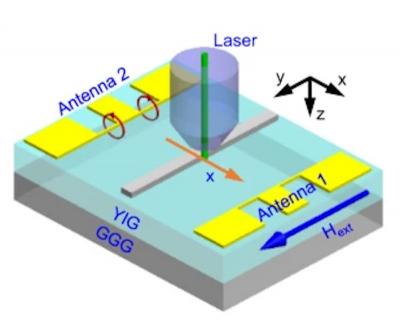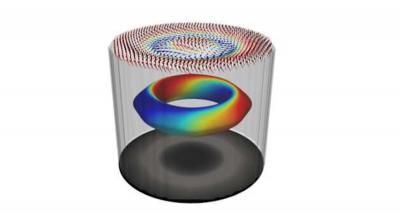Researchers managed to control magnon interaction using a nanoscale switch
Researchers at the University of California, Riverside, have used a nanoscale synthetic antiferromagnet to control the interaction between magnons â research that could lead to faster and more energy-efficient computers.
In ferromagnets, electron spins point in the same direction. To make future computer technologies faster and more energy-efficient, spintronics research employs spin dynamics â fluctuations of the electron spins â to process information. Magnons, the quantum-mechanical units of spin fluctuations, interact with each other, leading to nonlinear features of the spin dynamics. Such nonlinearities play a central role in magnetic memory, spin torque oscillators, and many other spintronic applications.

